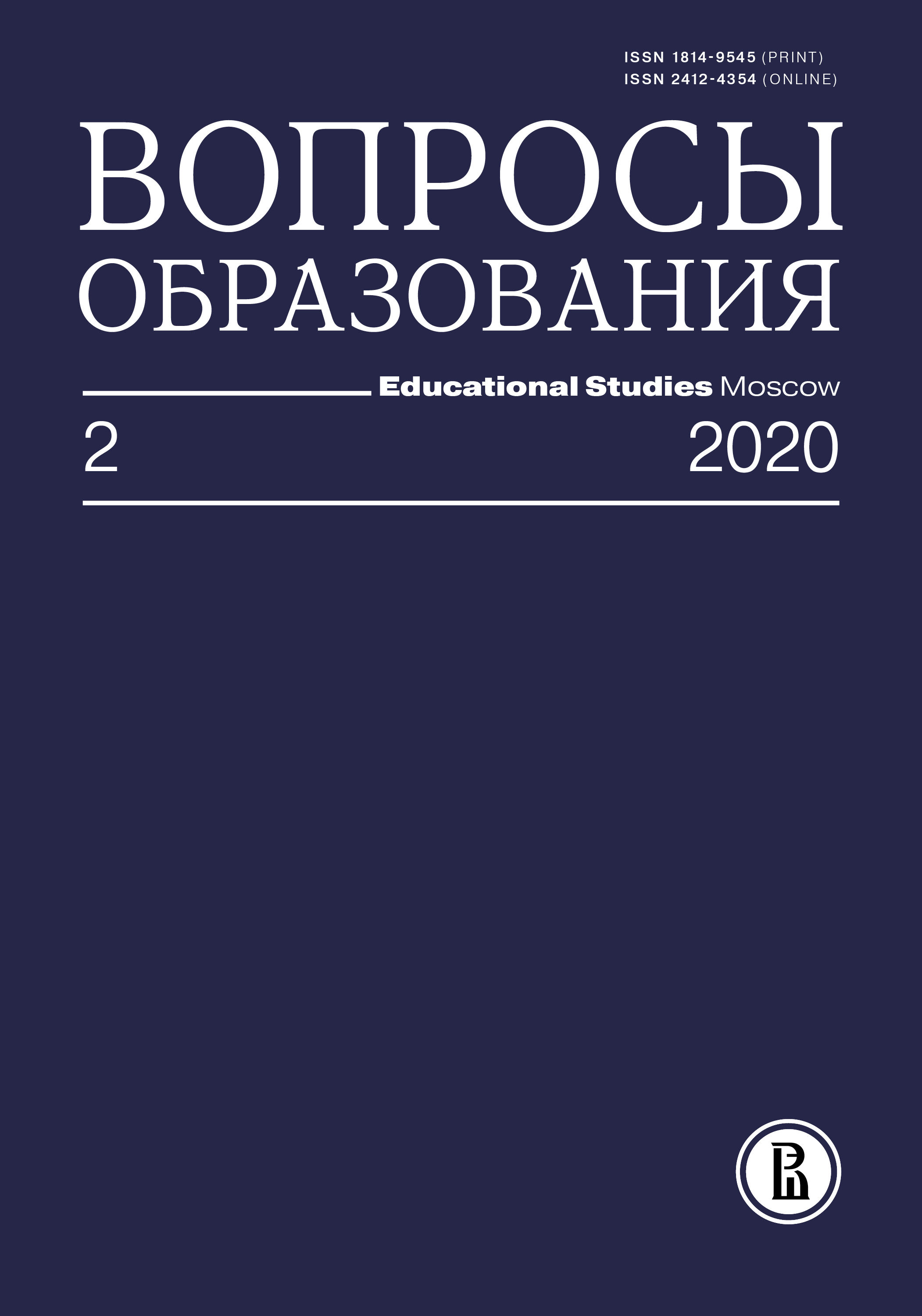Прогноз развития экономики в сфере дошкольного образования на примере четырех федеральных округов России
Аннотация
Представлен обзор отечественных и зарубежных исследований, посвященных образовательной политике в сфере дошкольного обучения. Обосновывается актуальность прогнозирования потребности населения в дошкольном образовании. Рассматривается состояние дошкольного образования в регионах Центрального, Уральского, Северо-Западного и Приволжского федеральных округов в период с 2008 по 2018 г. Для указанных регионов приводится прогноз развития экономики системы дошкольного образования на период с 2019 по 2031 гг., рассчитанный по методике С. А. Белякова. Прогнозируются следующие показатели: численность детей в возрасте от 0 до 7 лет для каждого региона; численность воспитанников дошкольных образовательных организаций; соотношение спроса населения на места в дошкольных образовательных организациях с возможностями этих организаций по обеспечению спроса; численность воспитанников дошкольных образовательных организаций, приходящихся на одного педагогического работника; потребность в педагогических работниках дошкольных образовательных организаций.








